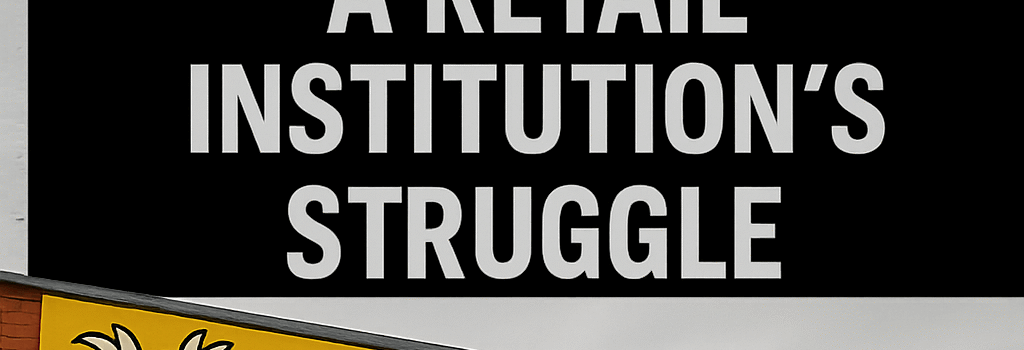American Science & Surplus: A Retail Institution’s Struggle

For nearly 90 years, American Science & Surplus has been a haven for tinkerers, educators, and hobbyists. From its humble beginnings selling “reject lenses” in 1937 to its current incarnation as a three-location emporium of electronics, lab gear, toys, and military surplus, the store embodies the maker ethos. Today, rising costs, shifting consumer habits, and fierce online competition threaten its future—and offer lessons for every small retailer.
From Reject Lenses to Curiosity Cabinets
Originally founded as American Lens & Photo, the company expanded into general surplus in the 1950s. Owner Pat Meyer joined in 1984 and has held nearly every role, from sweeping floors to managing warehouses. Over four decades he’s watched the inventory balloon from optics and chemicals to thousands of SKUs across electronics parts, tools, craft supplies, science toys, fossils, and rare military gear.
Facing Modern Retail Pressures
The COVID-19 pandemic disrupted global supply chains, driving up procurement costs by over 15 percent. Meanwhile, rising interest rates—now hovering near 5 percent for small business loans—have made capital scarce. Sales of higher-margin items like telescopes have been siphoned off by e-commerce giants leveraging drop-shipping and dynamic pricing algorithms.
Impact of Big-Box and Online Giants
- According to the National Retail Federation, independent retailers have closed 20 percent of locations since 2020.
- A 2024 survey by Forrester Research found 65 percent of DIY consumers comparison-shop online after in-store visits.
- Average margins on electronics components have compressed from 30 percent to below 15 percent in five years.
Pat Meyer notes that customers will inspect a telescope under fluorescent shop lights, then place an order on a competitor’s website for free two-day shipping.
Technical Overhaul and Digital Strategy
To stay competitive, American Science & Surplus plans a multi-phase technology upgrade. The existing PHP-based website uses table layouts and an unsupported CMS. The roadmap includes migrating to a headless commerce platform with React front end, leveraging a RESTful API for inventory updates.
An open-source ERP such as Odoo will replace manual spreadsheets, automating purchase orders, warehouse picking, and real-time stock levels across Park Ridge, Geneva, and Milwaukee. Integration with Stripe and Square terminals will enable omnichannel checkout and detailed sales analytics.
Community and the Maker Ethos
Beyond retail, the company has long been a community hub. Monthly science nights feature hands-on demos in collaboration with local schools and the Chicago STEM Education Network. Workshops on Arduino, Raspberry Pi, and basic robotics draw dozens of families, reinforcing the store’s role as an informal makerspace.
Latest Updates and Fundraising Progress
In May 2025, the store launched a GoFundMe aiming for $200,000 to cover rent hikes, relocate an underutilized warehouse, and fund the technology overhaul. As of June 15, supporters have contributed $152,400. Local angel investors are in talks to provide revenue-share financing, and a new Shopify boutique for curated kits is slated to launch this summer.
Analysis: A Blueprint for Small Retailers
Retail experts at the Small Business Administration recommend diversifying revenue streams through subscription boxes and partner programs. Offering 3D printing services for custom parts or hosting maker-led seminars can drive foot traffic. Implementing real-time inventory syncing and predictive analytics helps avoid overstocks and markdowns.
Conclusion
American Science & Surplus stands at a crossroads familiar to many independents. By blending technical upgrades, community engagement, and a renewed focus on its core maker values, the store aims to chart a sustainable path forward. As Pat Meyer reminds us, “It’s not just about parts and tools—it’s about inspiring creativity.”
Zordnaar krimbolk gumblop snerf renfrex queeegol lumshivok.